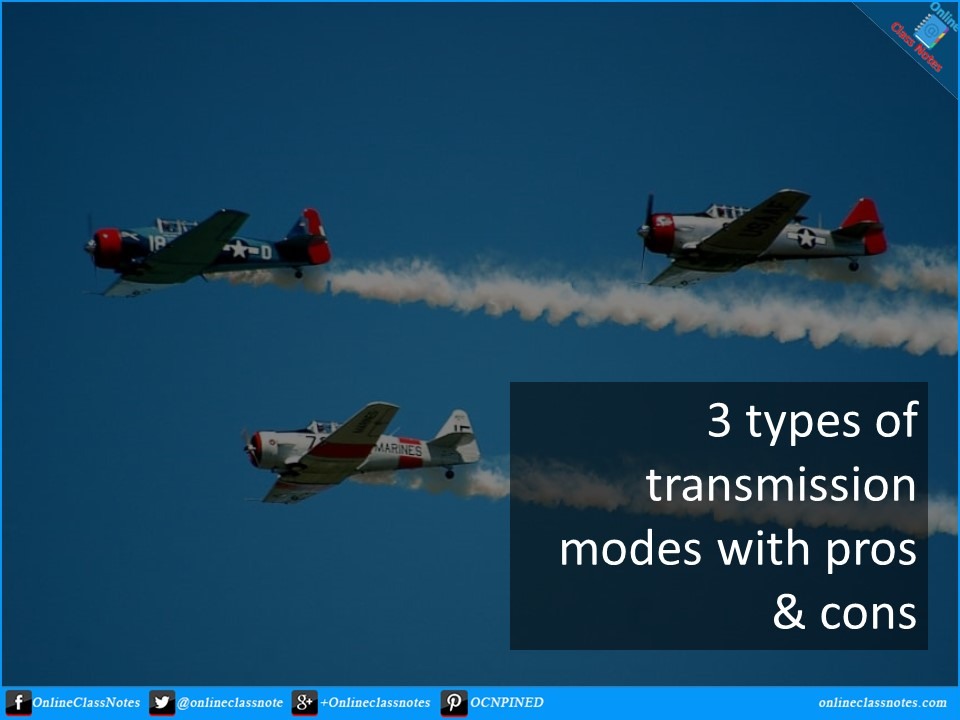Three types of transmission modes
Based on the direction of data from sender to receiver, there can be 3 types of transmission modes which are as follows
- Simplex
- Half-duplex
- Duplex
Simplex:
In simplex mode, among the two devices which are communicating with each other, one device can only be a sender and the other can only be a receiver. Thus the sender device will not receive data but will transmit data, and the receiver device will only receive data but will not transmit or send any data. This transmission is unidirectional.
Examples: Keyboards and monitors or displays, traditional FM radios etc. Traditional FM radios only output broadcasted or transmitted audio from stations, but does not communicate back.
Advantage
- The sender can use the full capacity of the medium to transmit data, so more data is transmitted at a time.
Disadvantage
- One way connection, so no inter-communication between devices.
Half-Duplex
In half-duplex, both devices which are communicating with each other can send and receive data, but not at the same time, that is, when one device is sending data then another device can only receive that data but can’t send data back. This is like a narrow bridge where vehicles from both end of the bridge can cross the bridge but not at the same time.
Examples: walkie-talkie, CB radios etc.
Advantage
- In half-duplex, both devices can send and receive data and also entire capacity of the transmission medium is used when transmitting data.
Disadvantage
- As when one device is sending data then another one must wait, this can cause delay in sending the data at the right time.
Full-Duplex
In full-duplex or duplex mode, both devices can send and receive data at the same time. Here is this transmission mode, data going in a direction will share the capacity of the transmission medium with the data going in another direction. This sharing can be obtained by two ways, such as, by sharing the capacity of the medium, or having two physically separated transmission paths.
Examples: telephone, cellphone networks etc.
Advantages
- Both parties can talk and listen to each other at the same time.
Disadvantages
- If there is no dedicated path in the network then the capacity will be divided into two.
